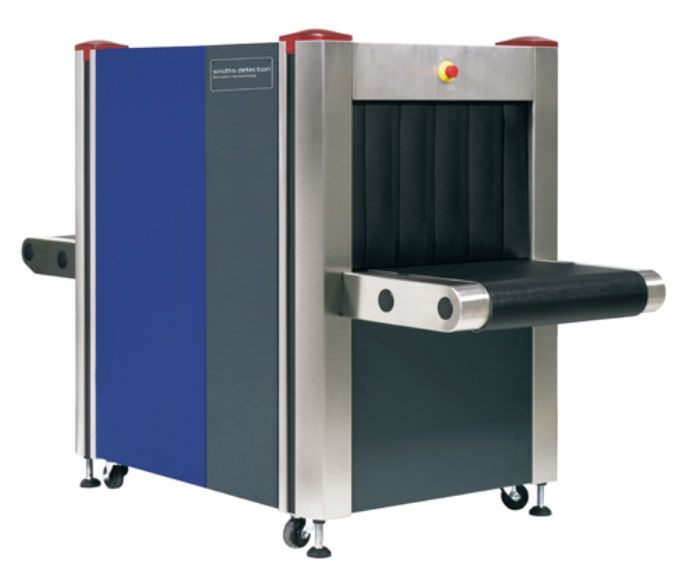
10 Jun Smiths Detection continues to gain EDS Cabin Baggage approvals for its checkpoint scanners
Smiths Detection has announced that its latest high-tech baggage scanning systems have met the latests EDS Hold Baggage Screening EU regulations.
HI-SCAN 6040aTiX has already achieved the first ever EDS CB C1 standard approval and now also been approved for EDS CB C2. The HI-SCAN 7555aTiX has also been awarded both EDS CB C1 and C2 standards. It can screen hand luggage, as well as hold baggage, parcels and small air cargo. In addition, the HI-SCAN 6040-2is HR has achieved EDS CB C1 approval.
According to EU regulation, all systems meeting EDS CB C1 or C2 standards are automatically considered to have achieved EDS Hold Baggage Screening (HBS) Standard 3. This means that they can be used in the screening of checked-in baggage using conventional HBS CONOPS – subject to approval from the relevant EU member state.
With the current focus in Europe on the automatic detection of explosives in cabin baggage, EDS CB C1 eliminates the need for random searches using additional explosive trace detectors or dogs. EDS CB C2 approval allows electronic devices to remain in cabin baggage during scanning, according to EU regulations. This offers those airports not subject to additional security measures, the opportunity to improve the passenger experience whilst maintaining the required level of security.
The existing laptop ban and how it may be extended in the future, underlines the relevance and importance of an EDS capability at the checkpoint. Smiths Detection’s HI-SCAN range provides a foundation for a technical solution which can meet the challenge of rapidly evolving threats.
The advanced technology offered by these three systems takes security scanning to the next level with complex analyses of luggage contents executed in real-time without hindering the overall checkpoint process. More accurate detection helps operators to expose threats, which were previously difficult to identify. For example, organic materials, such as explosives, are automatically highlighted on the scanned images.
“With one dual-view and two multi-view X-ray scanner models achieving EDS CB standards, coupled with the development of our HI-SCAN 6040 CTiX system targeting C3 approval, we can now offer a full range of checkpoint systems that meet the new EU regulations,” commented Cameron Mann, Global Market Director for Aviation at Smiths Detection. “Customers also have the flexibility to choose a system reflecting their individual requirements, in terms of either the required standard, tunnel size or CONOPS.”
www.smithsdetection.com

